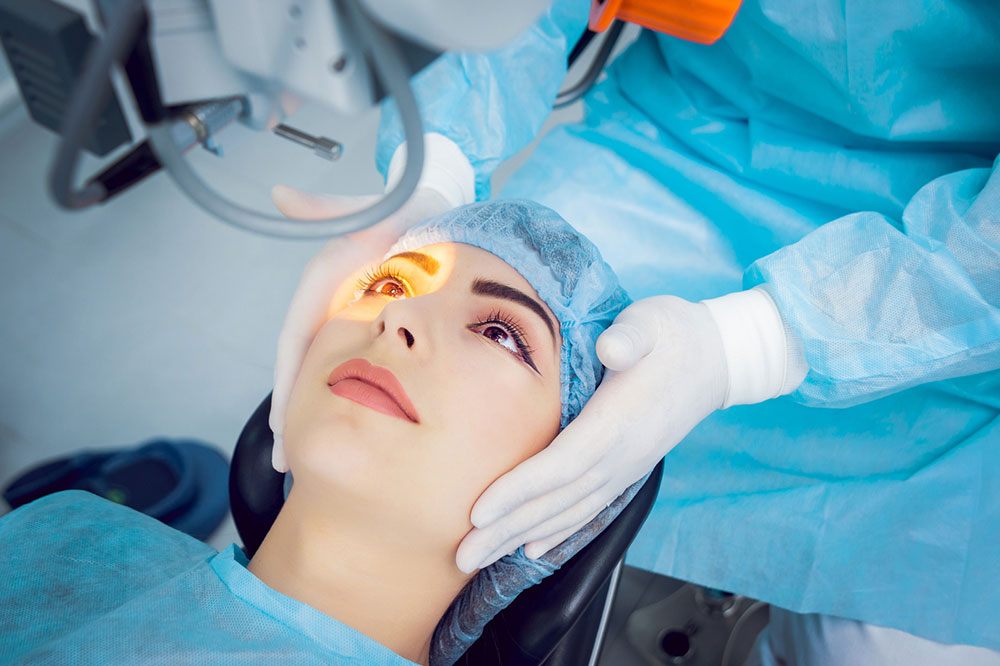Effective Strategies to Manage Wet Age-Related Macular Degeneration
This article explores the most effective treatments for wet age-related macular degeneration, including medication injections, photodynamic therapy, and laser procedures. It emphasizes the importance of early diagnosis and highlights treatment options that can slow or halt vision loss, with some capable of restoring lost sight. Understanding these options helps patients and clinicians make informed decisions to manage this chronic eye condition effectively.
Sponsored

Wet age-related macular degeneration (AMD) is a persistent eye condition leading to partial vision impairment and visual distortion. It occurs when abnormal blood vessels in the retina leak fluid into the macula, the central part of the retina responsible for sharp vision. Although there is no cure, various treatments can slow progression or prevent further deterioration. Early intervention can sometimes restore some lost sight, emphasizing the importance of prompt diagnosis and treatment.
Medicinal Treatments
Specialized drugs called angiogenesis inhibitors are commonly used to treat wet AMD. These medications inhibit substances that promote new blood vessel formation, helping control disease progression.
FDA-approved drugs such as brolucizumab (Beovu®), aflibercept (Eylea®), ranibizumab (Lucentis®), bevacizumab (Avastin®), and pegaptanib sodium (Macugen®) are injected into the eye after numbing to reduce abnormal blood vessel growth. Typically, treatments involve injections every four weeks for optimal results.
Photodynamic Therapy
This method targets abnormal vessels in the macula by injecting a light-sensitive medication into a vein, which then accumulates in the problematic blood vessels. A laser activates the medication, sealing off leaking vessels in a procedure lasting roughly 20 minutes. Multiple sessions may be necessary depending on individual response.
Laser Photocoagulation
Laser photocoagulation is reserved for select cases. The doctor uses a high-energy laser to seal abnormally leaky blood vessels after numbing the eye. While it may prevent further vision loss, it can cause permanent blind spots or scarring, and abnormal vessels may reappear, especially if the macula is severely damaged.





